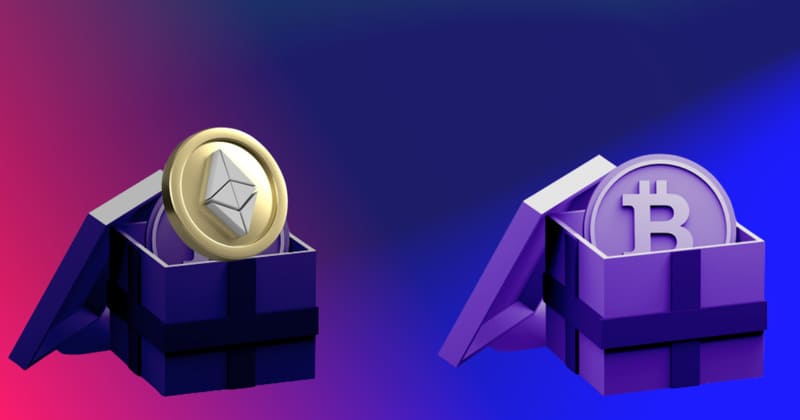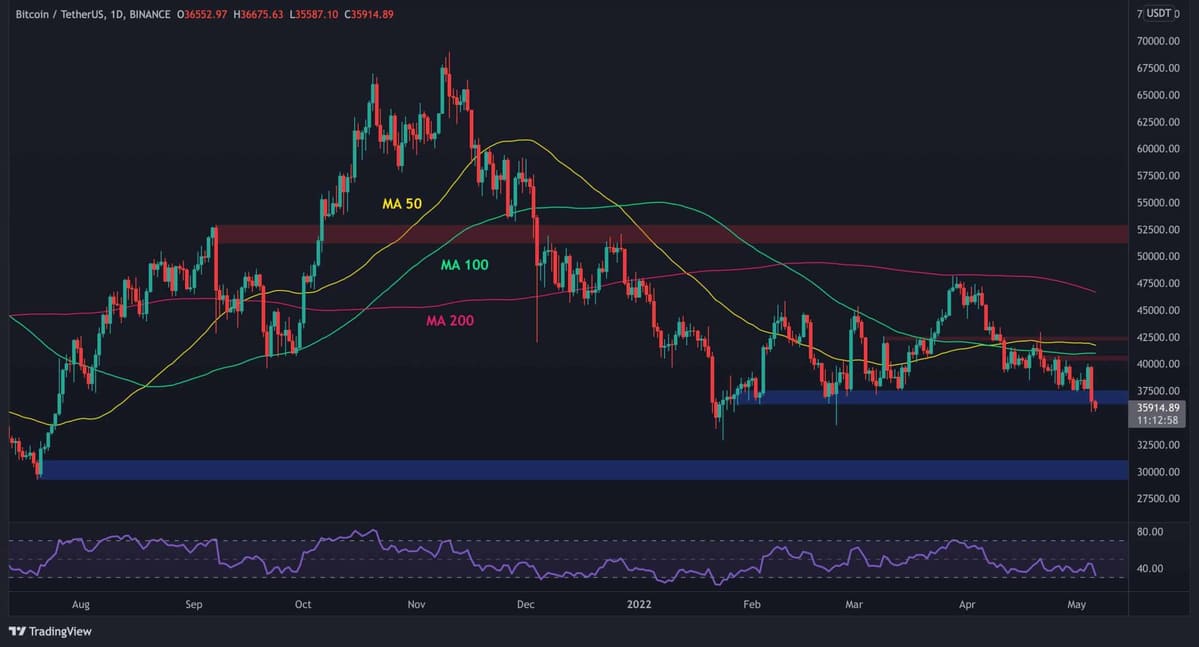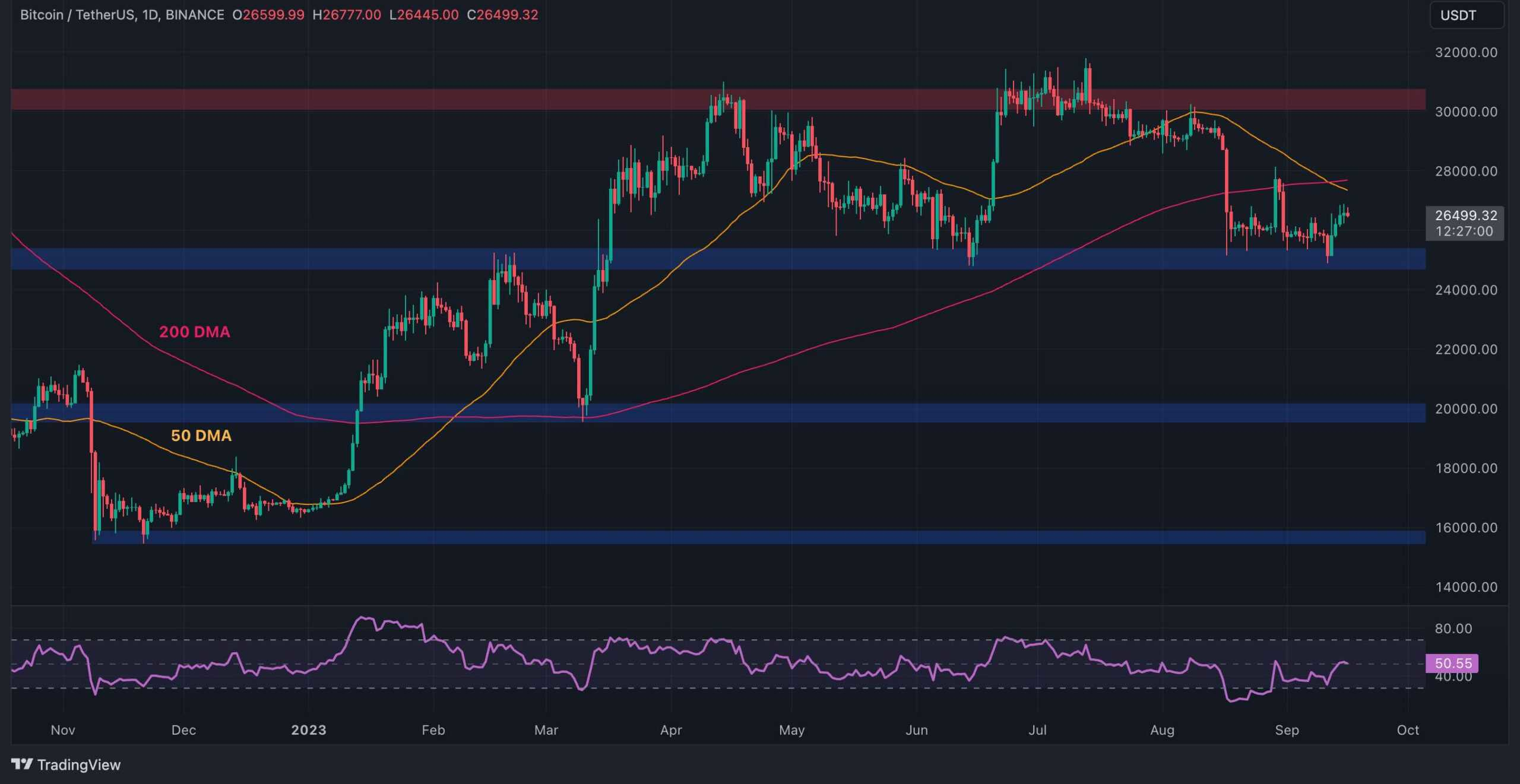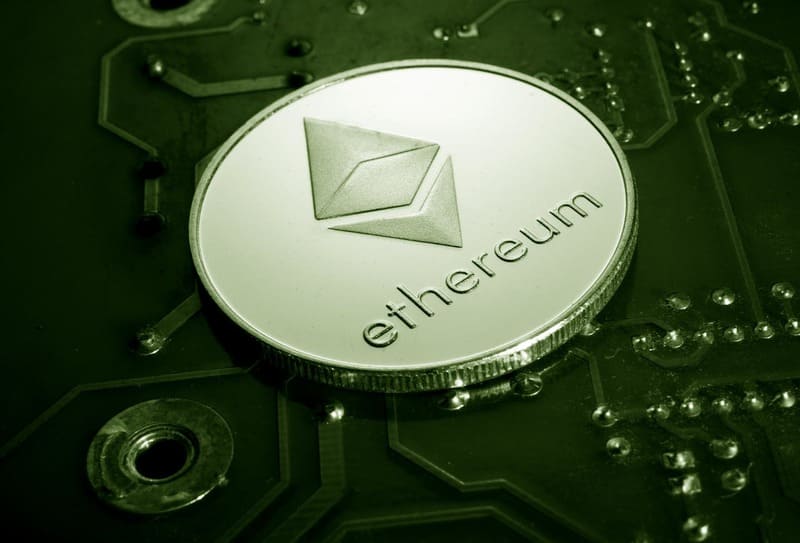
As blockchain technology continues to advance, one of the key challenges has been interoperability between different blockchains. Even though numerous blockchain platforms have emerged, each with its own unique features and functionalities, the ability to transfer assets seamlessly between them remains a significant hurdle. Wrapped tokens provide a practical solution to this problem by enabling the transfer of assets across different blockchain networks. This post explores the concept of wrapped tokens, how they work, and how they facilitate cross-chain transactions in the cryptocurrency ecosystem.
What Are Wrapped Tokens?
Wrapped tokens are essentially tokenized versions of cryptocurrencies or assets that exist on one blockchain but are pegged to their original counterparts on another blockchain. They allow assets to be used on different blockchain networks without needing to be fully converted. Essentially, wrapped tokens represent a 1:1 value of the original asset and maintain the same price and value.
For instance, Wrapped Bitcoin (WBTC) is a tokenized version of Bitcoin (BTC) that exists on the Ethereum blockchain, making it compatible with Ethereum’s decentralized finance (DeFi) ecosystem. The process of creating a wrapped token involves locking the original asset on its native blockchain, and in return, a wrapped version of the token is minted on another blockchain. This allows the original asset to be utilized in a different blockchain’s ecosystem, enabling cross-chain transactions.
For example:
- Wrapped Bitcoin (WBTC): Bitcoin (BTC) is locked on the Bitcoin blockchain and an equivalent amount of WBTC is issued on the Ethereum blockchain.
- Wrapped Ether (WETH): Ether (ETH) is converted into Wrapped Ether (WETH) on the Ethereum network for compatibility with decentralized applications (dApps) that require ERC-20 tokens.
The purpose of wrapped tokens is to enhance interoperability between different blockchain ecosystems by allowing the original asset to interact with decentralized applications (dApps) on other blockchains.
How Wrapped Tokens Enable Cross-Chain Transactions
Wrapped tokens play a crucial role in enabling cross-chain transactions by creating a system where assets are locked on one blockchain and then mirrored on another blockchain as wrapped tokens. The process generally works as follows:
- Locking the Original Asset: The user locks the original asset (e.g., Bitcoin) into a smart contract or a custodian service. This ensures that the asset is securely stored and unavailable for use during the transaction process.
- Minting the Wrapped Token: After the original asset is locked, an equivalent amount of the wrapped token (such as WBTC for Bitcoin) is minted on the target blockchain. The value of the wrapped token is pegged 1:1 to the original asset, ensuring that the user has access to the same amount of value.
- Using Wrapped Tokens: The wrapped tokens are now available to be used on the new blockchain, opening up a variety of use cases such as decentralized finance (DeFi), liquidity pools, and decentralized exchanges (DEXs) that require ERC-20 tokens, for example, on Ethereum. Users can participate in DeFi applications, trading, and staking using their wrapped assets.
- Redeeming the Original Asset: If the user wants to redeem the original asset, they simply send the wrapped tokens back to the custodian or smart contract. The equivalent amount of the wrapped token is burned (destroyed), and the original asset is released back to the user’s wallet on the original blockchain.
Why Are Wrapped Tokens Important?
- Interoperability Across Blockchains: Wrapped tokens allow assets to flow freely between different blockchains, increasing interoperability. By allowing users to lock up assets on one blockchain and create a wrapped token on another, wrapped tokens enable assets to be used on different blockchain networks. This opens the door to interacting with decentralized applications (dApps) and platforms that are otherwise incompatible with the original blockchain.
- Access to DeFi: Wrapped tokens have proven to be essential for the growth of decentralized finance (DeFi). Bitcoin, the world’s largest cryptocurrency by market cap, cannot natively interact with Ethereum-based DeFi platforms. However, by wrapping Bitcoin into WBTC, Bitcoin holders can participate in lending, liquidity provision, and other DeFi applications on Ethereum. This significantly expands the utility of Bitcoin beyond its original network.
- Enhancing Liquidity: Wrapped tokens enable the flow of liquidity between different blockchain networks. For example, Bitcoin can be wrapped into WBTC and used on Ethereum-based decentralized exchanges (DEXs) like Uniswap. This facilitates liquidity and trading opportunities across chains, providing users with more options to use their assets.
- Expanding Blockchain Ecosystems: Wrapped tokens can enhance the growth of blockchain ecosystems by allowing tokens from other networks to be used within a different blockchain’s infrastructure. This enables new opportunities for liquidity and interaction across a wider range of platforms. For instance, WBTC brings Bitcoin liquidity to Ethereum-based dApps, boosting the growth of Ethereum’s DeFi ecosystem.
Popular Examples of Wrapped Tokens
- Wrapped Bitcoin (WBTC): WBTC is a tokenized version of Bitcoin (BTC) on the Ethereum blockchain. Bitcoin holders can lock their BTC and receive an equivalent amount of WBTC to use within Ethereum-based decentralized applications and DeFi platforms.
- Wrapped Ether (WETH): Ether (ETH) is converted into WETH to make it compatible with ERC-20 tokens on the Ethereum network. WETH is commonly used in Ethereum-based decentralized finance protocols and dApps.
- Wrapped Binance Coin (wBNB): Binance Coin (BNB) can be wrapped to interact with Ethereum-based platforms, increasing the utility of BNB outside of the Binance ecosystem.
- Wrapped Solana (wSOL): Solana’s native token, SOL, can be wrapped for use in Ethereum-based decentralized applications, extending Solana’s use case beyond its own blockchain.
Wrapped tokens are a critical component of the blockchain ecosystem, enabling cross-chain interoperability and expanding the functionality of assets across different blockchain networks. By allowing users to lock assets on one blockchain and mint wrapped versions on another, wrapped tokens enable seamless interaction with decentralized finance (DeFi) applications, decentralized exchanges, and other decentralized services. While they offer significant benefits, including enhanced liquidity and access to DeFi platforms, they also come with risks such as custodial reliance, smart contract vulnerabilities, and regulatory uncertainty. Despite these challenges, wrapped tokens continue to play a vital role in the growth and expansion of the blockchain ecosystem.



